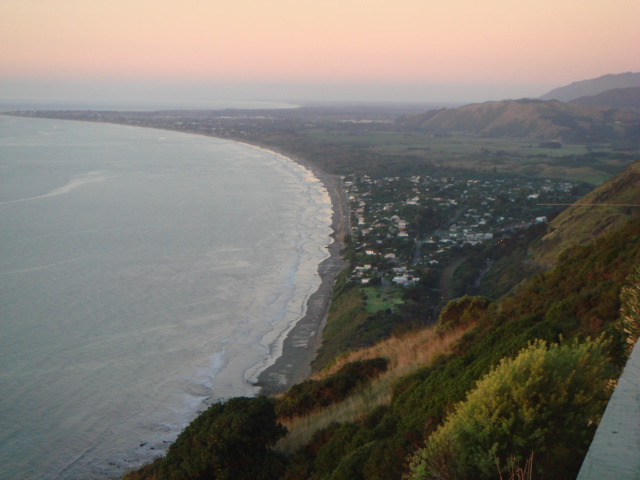This afternoon I found myself home alone in front of the radio and since things had been good from the car, I thought I'd switch on, something I haven't done for at least a couple of months (from home). First contact was with PH9HB/AM, piloting his Boeing 737-800 over Mauritania, on a flight from the Gambia back to Amsterdam. I've already had a number of contacts with another pilot on one of these planes, Cyril DF1CHB. Not surprisingly they are friends!
Next contact was with New Zealand station ZL2JBR. I was extremely surprised to hear his 59 signal punching through the high QRN with the beam still pointed to west Africa, which is sort of long path to his area, since normally in our afternoon/evening, signals would normally come through on the short path. After turning the beam back and forth a bit, I settled on a heading over south east Africa, a setting many spanish stations had used to work ZL9HR last month. John came back to me with a 59+ and we had a nice long chat. While talking, we both looked at each others respective QRZ.com profiles. John's profile shows a ham dream location, perched on the top of a 300m high cliff right on the ocean:

I also learnt how, after he had read Les Moxon's famous book "HF antennas for all locations", he tried experimenting with different antenna heights on his tower, finding on the 20m band two heights where the signals into Europe were signficantly stronger than others. And, contrary to poplar wisdom, the highest was not the best! On the 22m tower, the best spot by a long chalk was at 11m high. This goes to prove that whilst on flat land an antenna will pretty much follow a pattern of "the higher it is, the lower it radiates", on uneven terrain things can change quite signficantly due to reflected signals.
While talking, John also looked at the photos of my mobile station on the profile and wondered if I'd ever operated by the sea with a cliff either behind me or beside me. His experience is that this kind of setup can also produce extremely high gains in the direction of the reflection.
So, after this stimulating chat, we will see about using the motorised tower at ED5T to see if we can find any interesting differences at different heights, and also I will be checking out google maps to see if there is anywhere near here where I can go park up next to the sea in front of a cliff and see what happens! Results will be posted here....
No comments:
Post a Comment